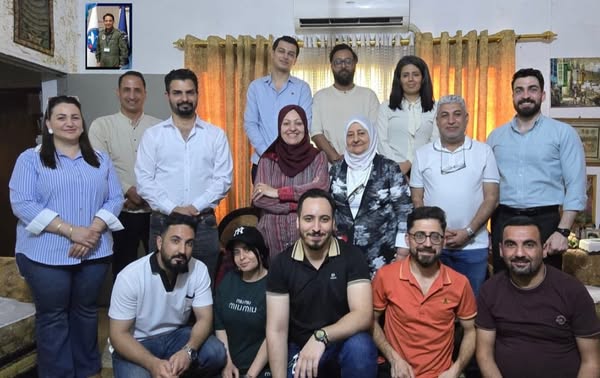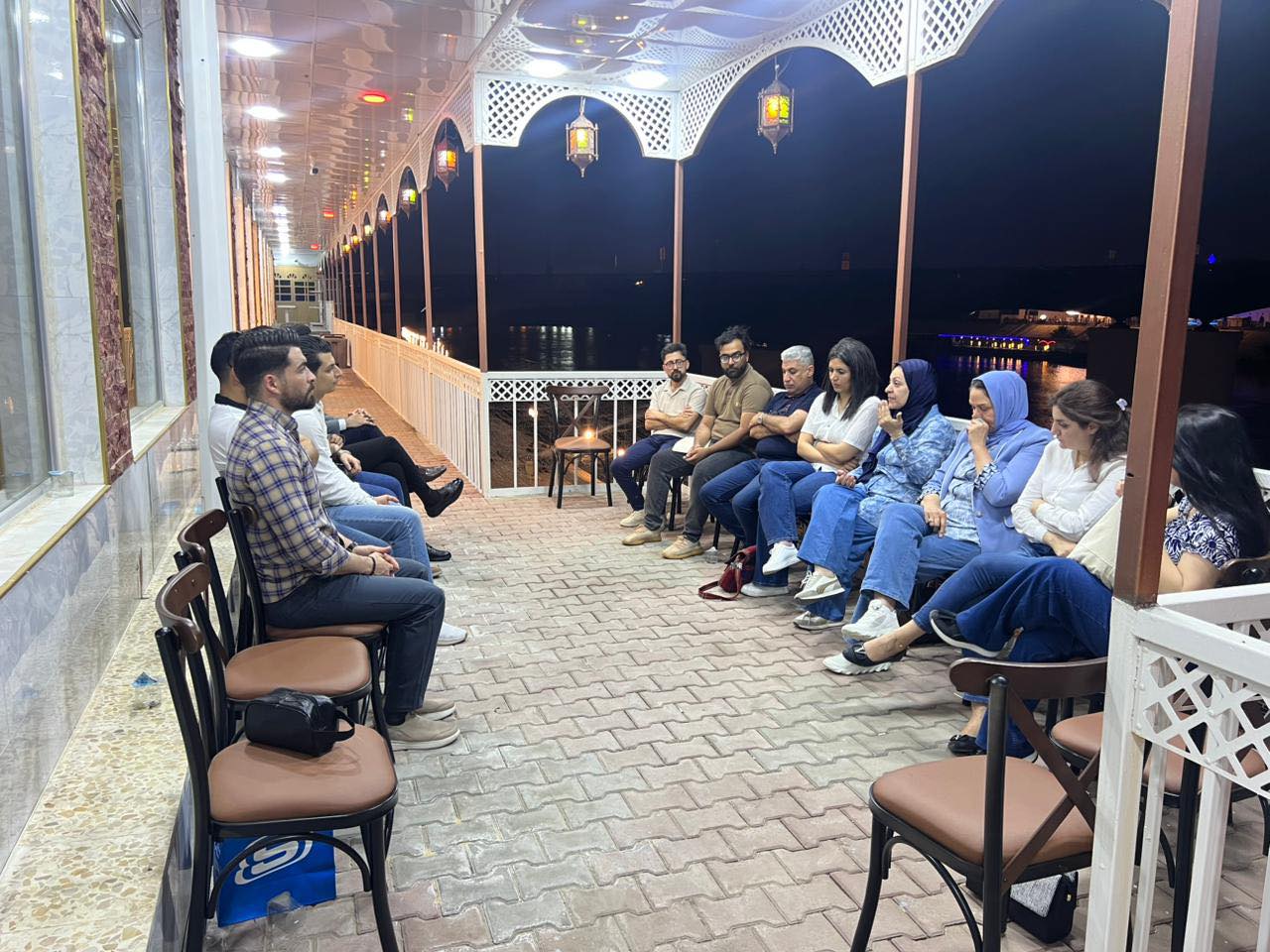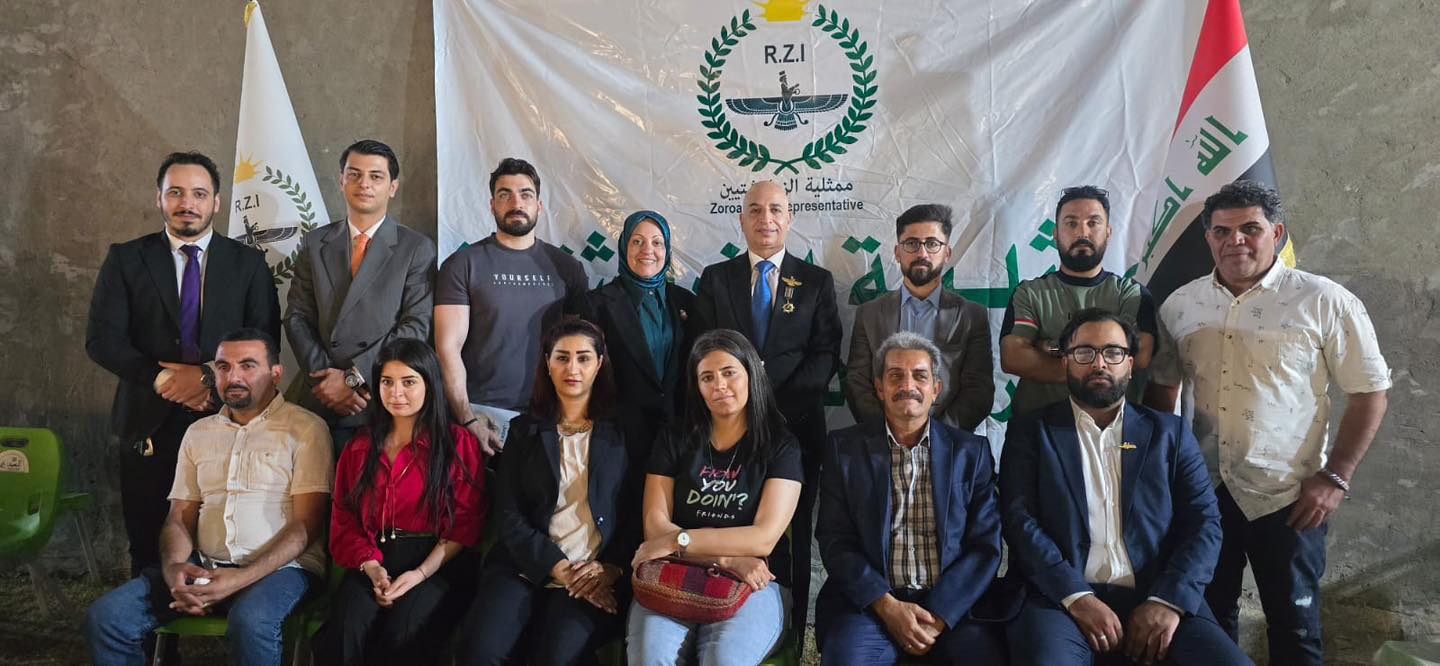The knights of the dialogue camp visited the Iraqi National Museum, which houses collections and artifacts from the civilizations of Mesopotamia, as well as Islamic artifacts in Iraq and Stone Age relics.
Familiarization with the Museum Exhibits
The campers got acquainted with the possessions and features of the oldest, most important, and largest museums in Iraq, which ranks second after the Egyptian Museum in terms of establishment and is no less significant in terms of the historical value of the artifacts that represent Iraq’s civilization.
History of the Museum
The campers also learned about the history of the museum’s establishment, which dates back to 1923-1924 when British archaeologist Gertrude Bell collected Iraq’s artifacts and placed them in a small area in the Saray or Qashla building. In 1926, due to the accumulation of many artifacts and limited space, another building was opened on Al-Mamoun Street, and all artifacts were transferred there. Gertrude Bell was appointed as the museum’s director, followed by R.S. Cook.
Naming of the Museum
In 1966, also due to limited space, the Iraqi government decided to build a museum that meets international museum standards and is in a suitable location. The new building was constructed in the Al-Alawi area, and due to this occasion, it was named the Iraqi National Museum after previously being known as the Baghdad Museum of Antiquities.
It is worth mentioning that the “With Dialogue We Stay and Elevate” camp launched in Baghdad with the participation of youth from Sinjar, who were later joined by youth from Baghdad in its first phase. The campers will continue their tour in other cities in Iraq soon as part of a program aimed at promoting dialogue as a mechanism for building peace among Followers Of Religions.






